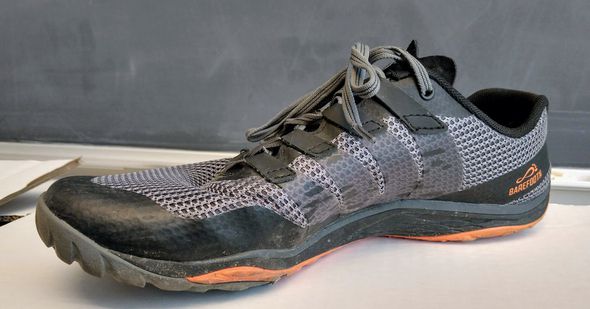Around ten years ago I was hanging out with some long-distance runners from time to time. I never made it much farther than the marathon myself, but some of the guys were doing ultras. I remember well that one time, meeting a group on a Saturday morning at a metro station in a Stockholm suburb, to run together for a few hours at a moderate pace, following the metro line to the city center and out on the other side, so that one could drop out at any time and easily get back home.
The pace allowed for conversations and someone told me that he hadn't eaten for quite a while before the run, in order to "optimize fat burning". This sounded like crazy talk to me at the time, after all it is common wisdom that one of the keys to being a good runner is to precisely manage nutrition intake.
It turns out though, that he kinda had a point. No matter how much you load up with carbs beforehand, the body's glycogen stores will eventually run out. In order to not "hit the wall" at that point, you better have the backup engine oiled and ready to go, that is switching to burning fat instead of sugar.
How quickly the body can convert fat into energy is apparently something that can be trained. If it never has to do this, not a rare situation in our world of abundant food, it gets worse at it over time. Enter fasting, which has been shown in recent years to have significant health benefits. (This more than one can say of most other nutritional science.) As far as I've read, which is not very far, it is unclear what the best fasting regime looks like; is 18h a day better than 24h once a week, or rather several days every quarter?
I found it easiest for myself to simply try out skipping breakfast, which turns the time from dinner until lunch into a ~18h long fasting period. (Black coffe in the morning does not count.) This works quite well for me, without negative consequences except that I frequently feel freezing cold in the hours before lunch, perfectly normal, they say. Already after a short while I did not feel hungly that easily or strongly anymore, which I already consider a benefit that offers extra freedom in meal timing by not being slave to cravings.
To make a long story short, I ran 10km at lunchtime today, in the middle of a spontaneous ~30h fast that I just ended with some great homemade meatballs and a German Weissbier. The run felt good overall, but I did take it a bit slower than usual. It's not like I'm in a hurry to get anywhere.
